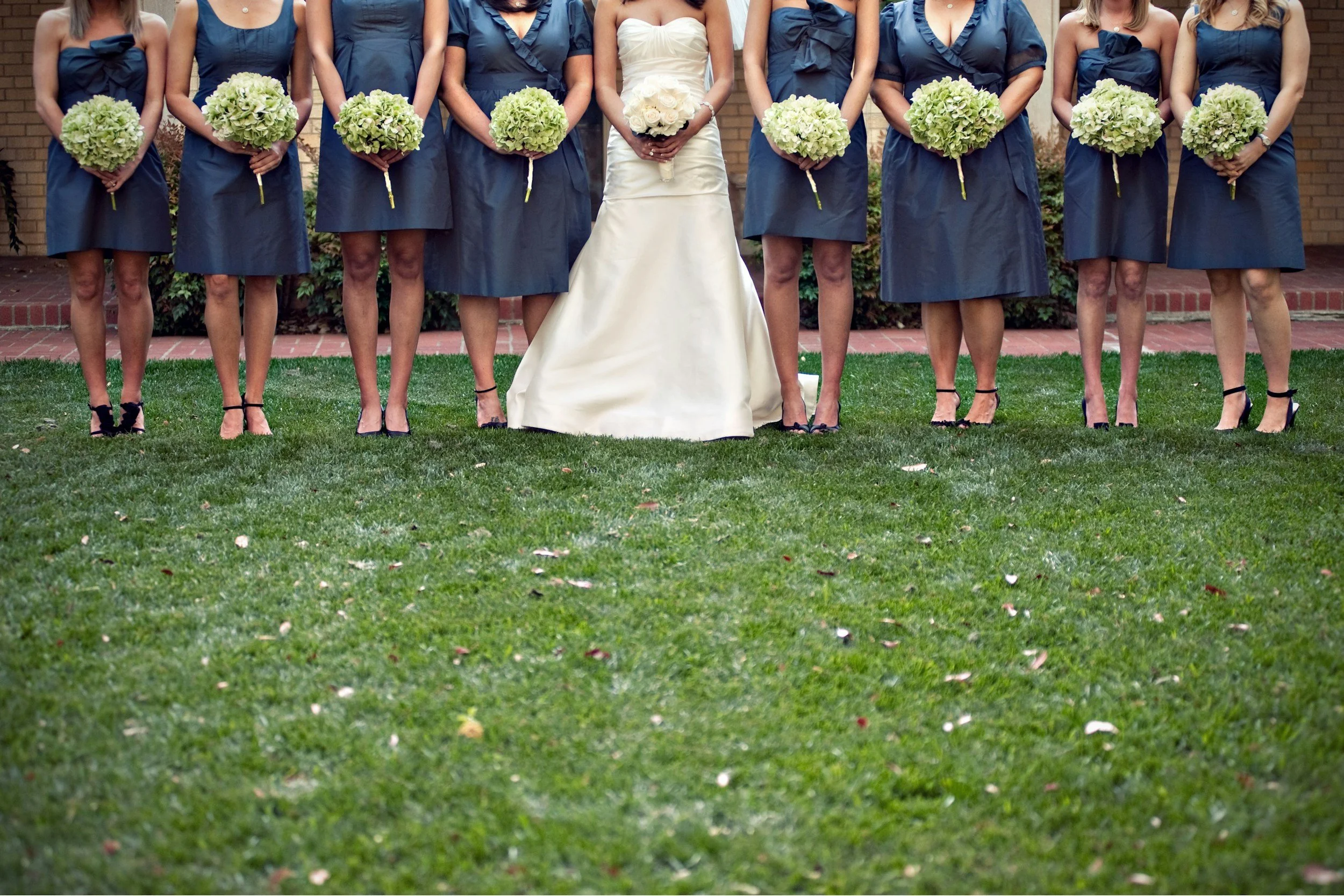The History and Influence of Punk in Fashion
1977 – A bunch of ragamuffins named The Slits play their first gig at Harlesden Coliseum, wearing leopard print, glitter and a whole lot of leather.
2020 – Chanel debuts a "punk princess coming out of Le Palace at dawn" for Virginie Viard's Fall '20 Haute Couture collection.
There's a plethora of history to cover in between, and not all of it true blue punk. It's a sad fact that working-class subcultures are in a constant battle to stay true to their roots while also continuing to evolve. From the teddyboys' sartorially riffing of the upper class suited and booted to a single earring vaguely in the shape of paperclip going for nearly a grand, Punk has a lot going on, and that's even before we get to the music!
IN THE BEGINNING, THERE WAS PUNK…
Punk subculture exploded in Britain despite most experts tracing its musical roots to the USA (the proto-glam New York Dolls being just one example). With Punk came punk fashion and an aesthetic journey that would span decades. English Prime Minister Margaret Thatcher herself said at the time, "It was time the government ought to show their tremendous appreciation for everything the fashion industry does."
She didn't have the contents of Vivienne Westwood's shop, 'SEX', in mind.
The first punk wave was defined by androgyny, tailing off from the long-haired, blouse-wearing seventies "cock rock" and reinventing it. The leather, chains and biker boots all had the roots of the Rockers, who were in turn inspired by the post-Vietnam American look of bullet belts and military jackets. The new "menace" of the scene, this comparison seems apt despite their separate evolutions. Lingerie and fetishwear worn over outfits or being the whole shebang shocked the masses and ushered in a new era of self-expression – one that meant women and other marginalised genders had a level playing field in some key respects.
Because despite the sex gear clearly on display, punk saxophonist and brief member of X-Ray Spex Lora Logic once said, "It was an asexual movement. It transcended labels and boundaries: that was really part of the punk spirit." For many, Punk was as much about their value systems as their fast music and aesthetic.
DIY was the name of the game both in their fashion and art. Thrift shopping in both the men's and women's sections was common. Many young punks made their own gear, creating their own accessories from everyday items. It didn't have to be pretty – all the better to shock and offend. The anarchist and sometimes nihilist schools of thought in the punk scene deemed it acceptable to walk around sporting symbols that were more than just simply inflammatory. The Hollywood Brats, the Sex Pistols and Siouxsie and the Banshees – all wore the Nazi swastika as a fashion statement, something modern appraisals of these bands tend to gloss over. Others both in and out of the scene condemned this at the time. Traditionally leftist symbols such as anarchism were also embraced by many.
So, where does this primal scream of Punk lead us? Pop Punk, Oi and American Hardcore all share DNA with this movement, including their stylistic choices. But these are subcultures still, underground and niche.
What happened when the punk underground became the mainstream?
…AND THEN THE BASTARDS GOT US DOWN
The frenzy of the eighties was over, and the beer-soaked, cigarette-burned stage was set for Grunge, not necessarily uniform but more accessible. Post-punk powerhouses like The Pixies and Hole (a pioneer of the "kinderwhore" look) changed the sound and look, meaning there were babydolls and smeared lipstick between Kurt Cobain's flannels and Trent Reznor's shaggy hair. But gender non-conformity was still there, and LGBT people in the scene were getting loud, proud and more assertive. Queercore bands like Pansy Division were thriving near the turn of the century.
Imprints of Punk are now everywhere in music, art and especially fashion.
Riot Grrrl exploded out of America and was a driving force in mainstream fashion and modern ideas. Women who had never picked up a zine in their lives were wearing miniskirts, fishnets and chokers. Slip dresses and smoky eyes were seen on it-girls like Jennifer Anniston – things that are gaining reappraisal today! This was the beginning of post-punk mainstream as the times and attitudes changed.
The 21st century meant less DIY and more mass-produced, and more marketable to kids. For young girls like me wanting to look the same as the bands on MTV, Claire's sale racks were a goldmine for cheap chains, lacy chokers and bullet belts. The dog tags with the American Idiot symbol sported on every teenager at Merry Hill in the Midlands had definite Rocker roots. Instead of Vietnam, we were angry at Iraq and shopping accordingly. We experimented with rock, emo, the frustrated scream of nu-metal and its bandanas and Tripp pants. On the more sophisticated side of the red carpet, a definite sign of the times was Elizabeth Hurley's Versace dress, held together on the sides by safety pins.
Moving ahead to now, at the tentative beginning of the 2020s and Punk isn't just mainstream – it's Gucci and Chanel and Vogue and Cosmo and even Sainsbury's, printed on t-shirts as a skull or a circle-A. It's used for editorials and think pieces and period dramas about the glory days of the "true punk" lifestyle.
Post-punk and postmodernism as a concept do not mean Punk, or its power to shake its arse and give the middle finger in front of the establishment is dead. From the gravity-defying hair of the Tokyo rock scene to the Spanish kids cranking up Ska Punk – to the English girl using a lighter on her eyeliner for the first time, regardless of how messy it will make her mirror. Punk fashion is all around. The primal scream is still going, sometimes loud, sometimes quiet, sometimes distorted, but always there.
SOURCES
'Typical Girls? The Story of the Slits' (2009) Zowie Street Howe, Omnibus Press.
'Chanel Went Top to Toe Punk With This Anarchic Couture Collection' (2020) Stephanie Hirschmiller, Footwear News.
'Octavia Elizabeth Paperclip 18k Yellow Gold Ruby Single Earring' Nesting Gem Collection, Octavia Elizabeth.
'Margaret Thatcher's fashion and beauty tips' (2013) Belinda White, The Telegraph.
'10 'lost' female musicians who deserve more recognition' (2018) Emily Mackay, BBC Music Archives.
'Nazi Punks F**k Off: How Black Flag, Bad Brains, and More Took Back Their Scene from White Supremacists' (2018) Steve Knopper, GQ Magazine.
Written by Laura Jane Round
Laura Jane is a writer and performance poet from the Black Country in England. She loves Northern Soul, collecting vintage lingerie and photographing weird stuff. You can find her in publications including Lumpen Journal, The Beyond Queer Words Poetry Anthology and Sad Girl Review, and on her Instagram @laurajaneroundwriter









